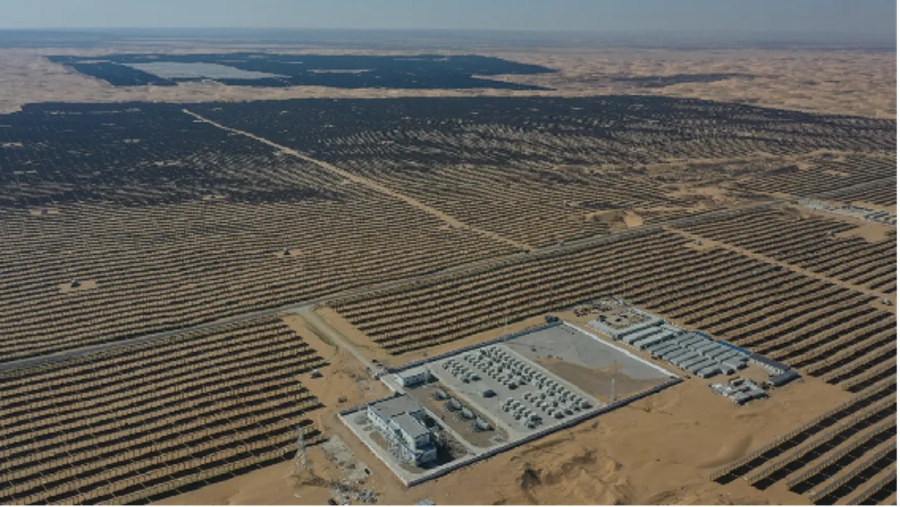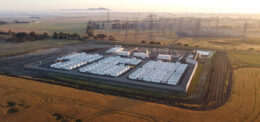New South Wales rail company trains sights on 30 MW grid-scale batteries

Transport for New South Wales (NSW) is considering the deployment of multiple 30 MW grid-scale (BESS) across its Sydney heavy rail network, with a focus on commercial models for operation, including ownership of structures.
The state government service is conducting a market sounding exercise for the operation and maintenance of grid-scale batteries to help it develop a final business case investigating the deployment of large, grid-connected batteries.
The project would use Transport for NSW landholding and high-voltage grid connections in the Greater Sydney area while partnering with industry to deliver value-for-money outcomes and support the NSW government response to a state electricity “reliability gap” forecast by federal body the Australian Energy Market Operator (AEMO).
A Transport for NSW spokesperson told pv magazine the service is undertaking the market sounding, as advertised on the NSW e-Tendering website.
“The focus at the moment is on performing early investigations of the feasibility of battery energy storage systems on the rail network and, as such, Transport for NSW is not looking to engage with industry beyond the formal e-Tendering process,” the spokesperson said.
Potential participants need to have a presence in Australia, with local offices, personnel, and a registered Australian business number and need to have demonstrated experience developing and operating National Electricity Market (NEM)-registered BESS projects with a capacity of more than 5MW.
The market sounding exercise is not focused on the procurement of BESS hardware and is not a tender.
Building on the NSW government’s targets of 50% emissions reduction by 2030 (from 2005 levels) and net zero emissions by 2050, Transport for NSW has developed a subsidiary target committing to net zero by 2035.
The service aims to decarbonize its activities by procuring 100% renewable energy for all its electricity needs, electrifying its buses, ferries, corporate vehicles, and non-passenger vehicle fleets and implementing innovations that will improve energy efficiency and/or reduce energy demand.
The organization will also progressively identify opportunities for strategic rail electrification and support the optimal use of green hydrogen.
From pv magazine Australia.













